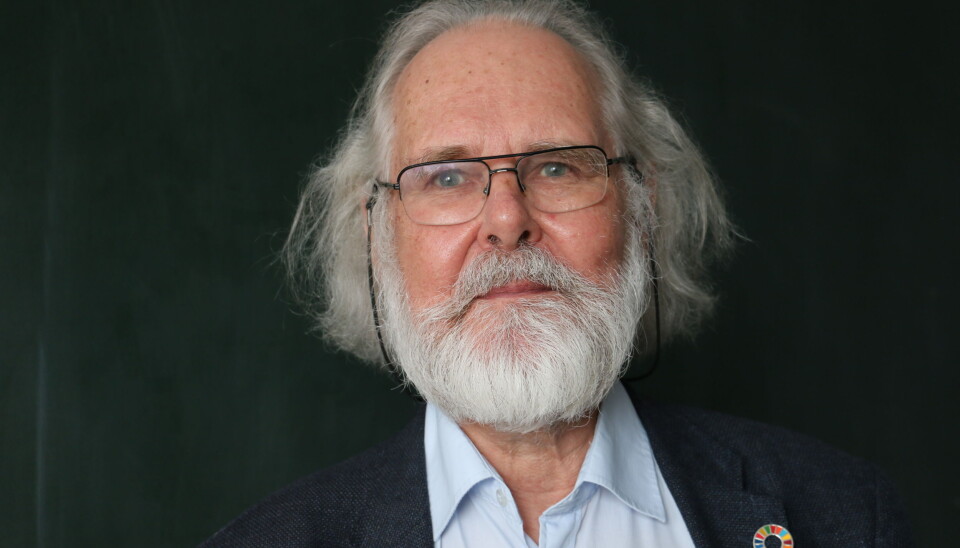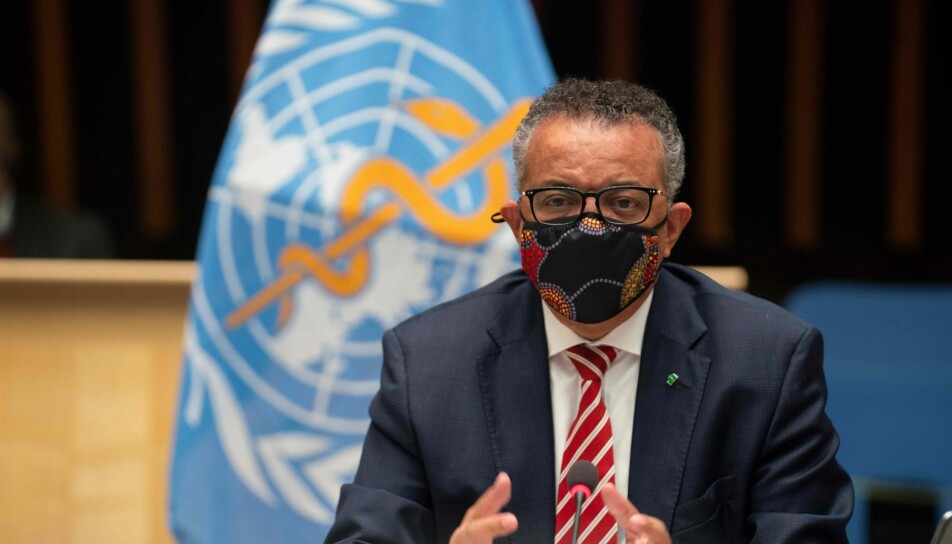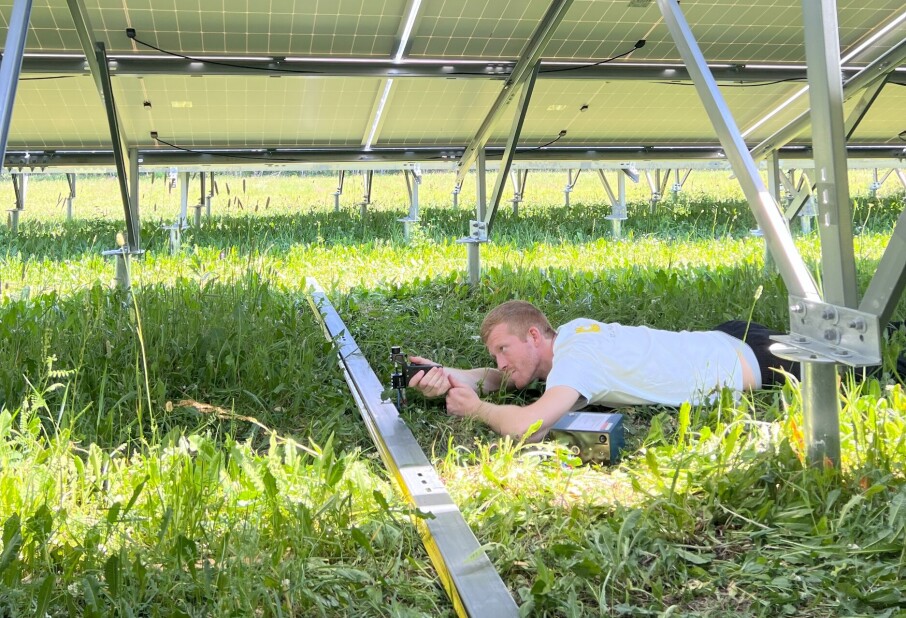
The spread of the coronavirus can almost be stopped in eight weeks, one research group says
The researchers have calculated that strict measures coordinated by the WHO in a number of global hot spots, could reduce the spread of the virus by 90 per cent in eight weeks. Other experts question whether the strategy can actually be implemented in real life.
Rapid, intensive interventions in the most central hubs in the global community.
That’s what researchers think will be absolutely crucial in halting the spread of COVID-19, which is again exploding across Europe and much of the rest of the world.
Stenseth and the Chinese research group have calculated that the measures they have proposed will reduce the spread of infection by around 90 per cent in just eight weeks.
Quite controversial
Stenseth allows that his group’s proposal is controversial.
“But our study shows that global pandemics are far from uncontrollable,” Stenseth says to sciencenorway.no.
“They can be shut down in eight weeks, provided we establish an international collaboration to stop them.”
Stenseth himself believes that the World Health Organization (WHO) is the right body to lead this kind of unified global effort.

WHO should decide
"Instead of each country deciding on its own control strategy, the WHO should decide how this should be done," says Stenseth.
“If the measures are implemented in a controlled and simultaneous way over large parts of the world, it’s possible to reduce the spread of infection sharply in just a couple of months,” he said.
Much of this strategy relies on a sharp reduction in international flights between the world’s largest airports.
“If, on the other hand, different measures are implemented in different countries, there will always be places in the world where there is a lot of the virus in the population. Then we won’t be able to establish global control,” he said.
The study relies on calculations and modelling done by researchers at Tsinghua University in Beijing. The first author of the study, Ruiyun Li, will soon come to Oslo to participate in what Stenseth hopes will be a dream team of international coronavirus researchers, for which he and the University of Oslo have received funding from the Research Council of Norway. Ruiyun will continue his work here.

The optimal solution
The researchers have run a number of simulations to visualize how the infection spreads.
These simulations helped them see how important it will be to first implement comprehensive measures in densely populated places, which many people travel to and from. The researchers call these locations Global Hubs.
The researchers have also compared both mild, moderate and strict measures that extended over periods of anywhere from 2 to 12 weeks.
That’s how they determined that 8 weeks of strict measures would be optimal.
Using this approach would make it possible to cut the number of coronavirus infections by about 90 per cent in 46 different locations worldwide, according to the researchers.

Strict measures in China
Stenseth is not blind to the fact that this is a controversial proposal. He also sees that these measures can be easier to implement in countries with governments such as China’s.
China has for instance introduced far stricter measures on entries than both Norway and a number of other countries. People arriving in the country are now placed in forced quarantine in a hotel room for 14 days.
According to The New York Times, China will introduce even stricter measures beginning next Saturday. At that time, people who come to the country must present proof that they have taken two different tests during the last 48 hours, both of which must be approved by a Chinese embassy or consulate.
The professor points out the clear contrast between the Chinese measures and Norway, when just a few weeks ago it was up to Polish workers who came to the country to decide for themselves whether they would be tested for coronavirus or not.
Only 30 per cent of the passengers who arrived at Torp airport in Sandefjord got tested upon arrival. In October, the Norwegian Institute of Public Health, NIPH, traced infections back to passengers who had been on board 45 different flights from Poland over a period of three weeks, according to the Norwegian national broadcaster NRK.
Norway has implemented stricter measures for arrivals from abroad which are coming into force as this article is published.
We can control the virus
“We can’t eradicate the coronavirus. But we can control it, so that we keep the waves of infection down,” says Stenseth.
The measures that the researchers propose would be both comprehensive and intrusive in people’s lives. At the same time, the researchers point out that if we implement this kind of coordinated approach on a global level, we can eradicate the infection much faster than under the current approach.
A globally coordinated approach like this could stop the infection in just a few months, the researchers say.
While the immediate pain may be severe, over the long run the social and economic consequences for society and not least for health services will clearly be much less problematic.
Is it doable?
Sciencenorway.no has asked two epidemiologists to comment on the controversial suggestion from Stenseth and the Chinese group of researchers.
“I agree with Stenseth that academically speaking, this could be a real solution. But I’m very uncertain as to whether it’s actually possible to implement this”, says Jörn Klein, professor at The University of South-Eastern Norway.

Klein doesn’t think it’s possible to get the political support needed in order to implement the eight-week strategy in today’s situation. But he keeps the door open for the possibility of doing this in future pandemics.
At the same time, the epidemiologist reminds us that SARS-CoV-2 is just another lethal addition to the list of microbial threats to the human species.
“The virus is forcing us to adapt, react and re-evaluate our relationship to the natural world”, he says. “This is about our interactions with each other, as humans, and our interactions with nature”.
Rapid action is efficient
Ørjan Olsvik is a professor at UiT The Arctic Universiy ot Norway in Tromsø. He has worked with infection outbreaks on a national and an international level, in most continents in the world.
As Jörn Klein, Olsvik is also in principle positive to Stenseth’s suggested strategy, while at the same time questioning whether it is possible to implement.

“Countries have different interests in participating, depending on economic, politics and maybe also religion. Different measures against the coronavirus in different countries may leave us with giant gaps in the fight against COVID-19. And systems that create gaps can give us false hope”, he warns.
“Another central question is whether it is actually possible to control the spread of COVID-19 by removing the hubs where people meet globally”, he says.
Olsvik says to sciencenorway.no that he would like to participate in discussions about how a strategy such as the one suggested by Stenseth and colleagues, could actually be implemented.
“Professor Stenseth is a skilled and highly regarded researcher within his field. He and his students have also done work in the field, among other places in Africa. Stenseth has ample knowledge within the field of epidemiology, especially where animals are involved”, Olsvik says.
Ørjan Olsvik has several years of experience working in the field with Cholera and Ebola. He has witnessed how efficient local and specific infection measures can be, if they are implemented rapidly. His motto is that “most fires can be put out with a glass of water, if you are in the right place at the right time”.
Will 2,2 million Norwegians be infected?
The Norwegian Institute of Public Health (NIPH) published a report a few days ago describing three different scenarios for the spread of the coronavirus in the country.
In the gloomiest scenario, the NIPH predicts that Norway may experience more new waves of infection. They fear that more than 68,000 people will end up in hospital by 2022.
The institute warns that this scenario would also mean as many as 2.2 million Norwegians could be infected with the coronavirus.
This level of infection could bring the health service to its knees, according to the Norwegian Minister of Health, Bent Høie.
Translated by: Nancy Bazilchuk and Ida Irene Bergstrøm
Reference:
Ruiyun Li et al: “Global COVID-19 pandemic demands joint interventions for the suppression of future waves”, PNAS, 20 October 2020. The article.
———
Read the Norwegian version of the article on forskning.no
































